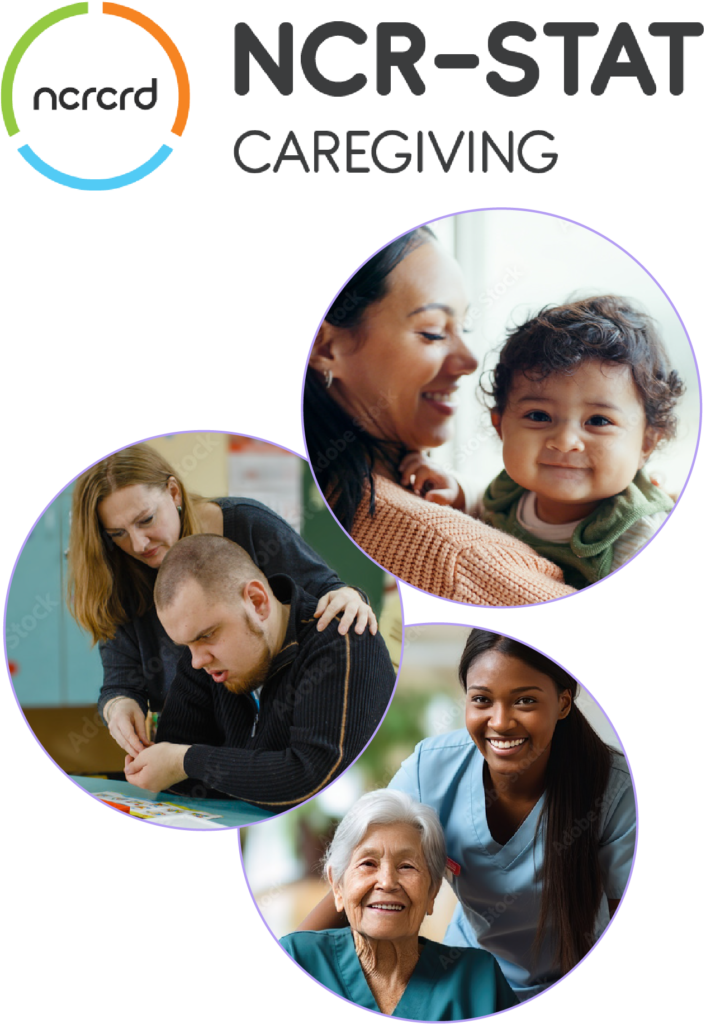NCR-Stat is a North Central regional dataset being developed as a venue and incentive for interdisciplinary collaboration across states and across research and Extension.
North Central Region Household Dataset
The purpose of the NCR-Stat dataset is to decrease the barriers for institutions to study regional changes and conduct comparative research, as well as increase regional collaboration for both research and Extension.
NCRCRD will facilitate regional collaboration for: survey development, data collection methods, data analysis that leads to publications, and educational curricula. The regional dataset will also enhance collaboration between high- and low-resource institutions across the region. Institutions could choose to oversample their states and researchers could provide funds to include focused topics to the survey.
Datasets for Other Regions:
NCRCRD is now conducting surveys in collaboration with our sister centers – the Northeast Regional Center for Rural Development (NERCRD) and the Southern Rural Development Center (SRDC). The surveys conducted replicate the surveys used in the North Central Region to expand research between regions. Currently NER-Stat: Caregiving is now available. Select the Caregiving tab below to connect with the data.

 The NCR-Stat: Baseline Survey is the first of NCRCRD’s regional household surveys and includes questions related to topics crucial for household and community development and wellbeing. All data gathered via the NCR-Stat Baseline Survey is available for those who would like to use the data as a baseline for further research and extend the portfolio of already existing databases.
The NCR-Stat: Baseline Survey is the first of NCRCRD’s regional household surveys and includes questions related to topics crucial for household and community development and wellbeing. All data gathered via the NCR-Stat Baseline Survey is available for those who would like to use the data as a baseline for further research and extend the portfolio of already existing databases.

